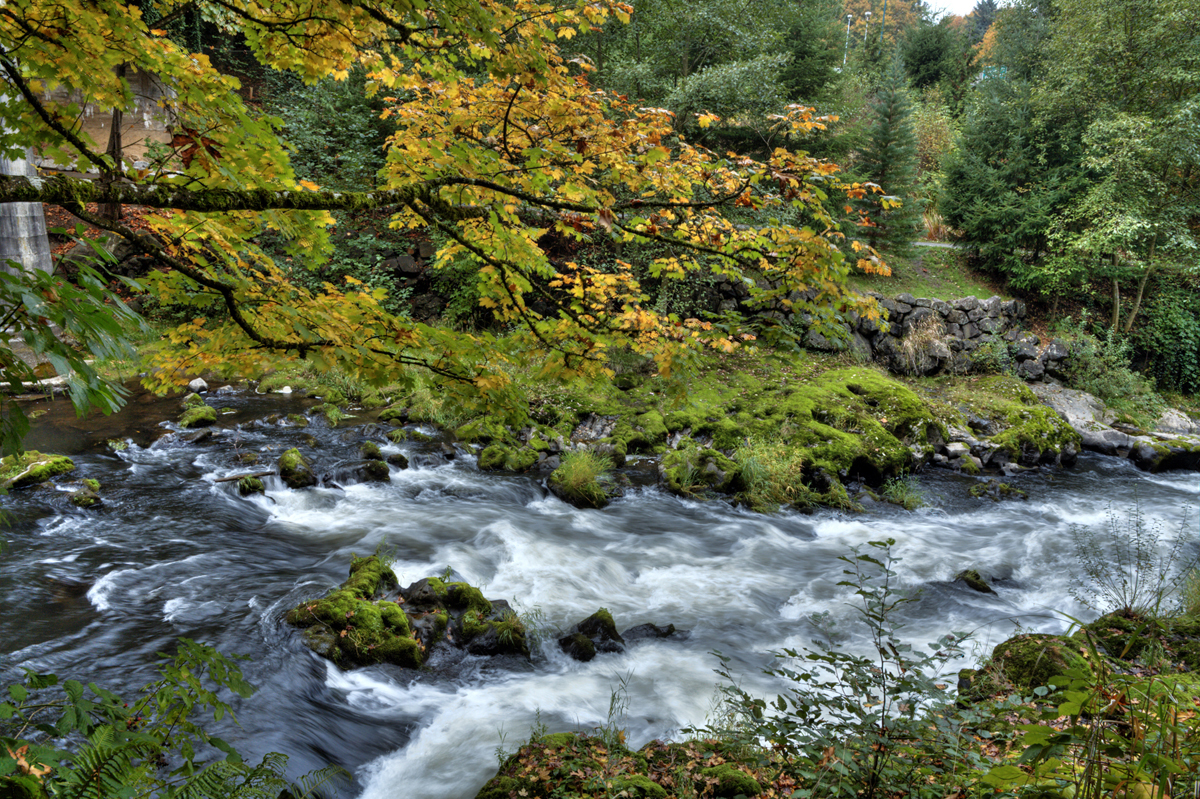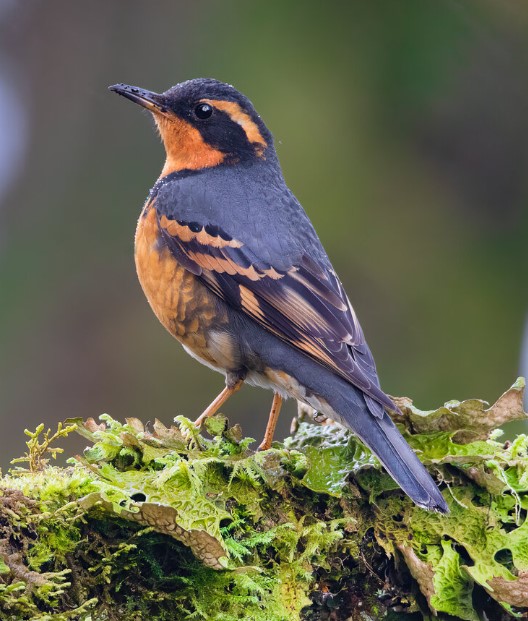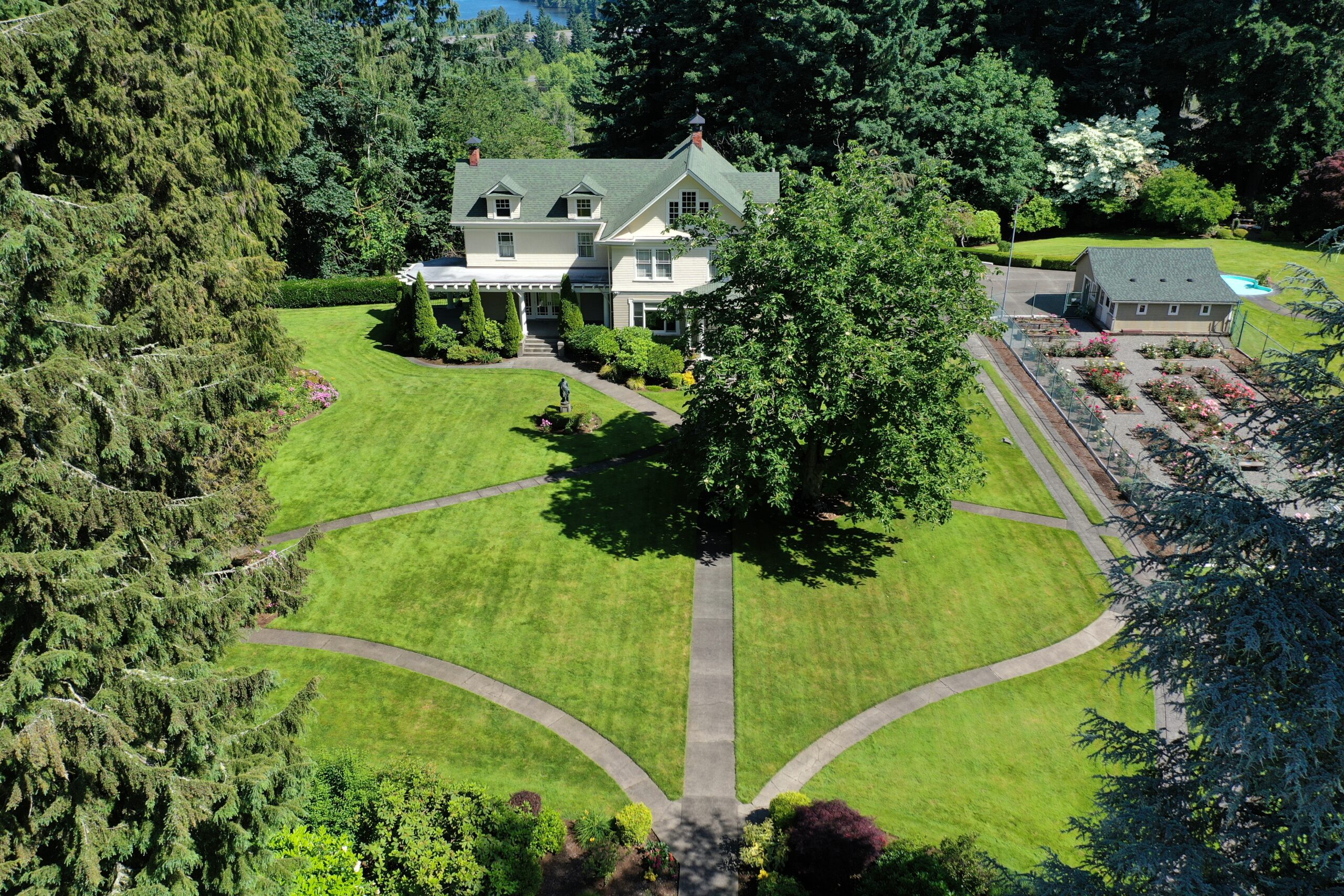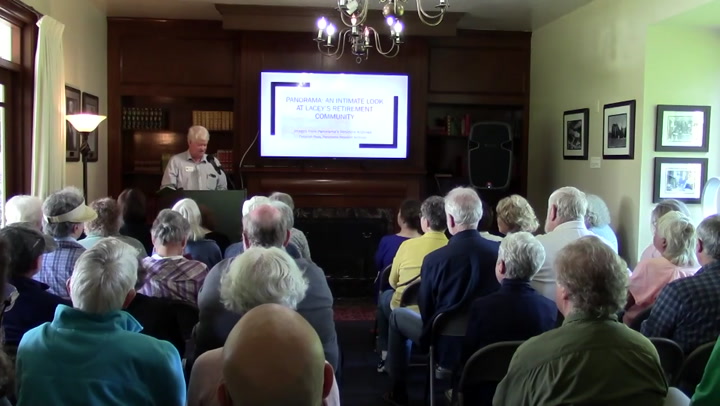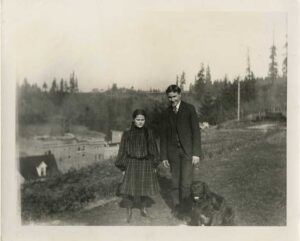
One of the most frequent questions I am asked about growing roses in our area goes something like this: “When should I prune my roses and how should I do it”? The answer is, well, it depends.
It depends on what time of year it is and what you plan to achieve by pruning. So let’s talk about the time of year first. In summer, when your roses are blooming furiously week after week, it is a good practice to “prune” them often – perhaps as often as weekly. But during summer the pruning you do is actually called “deadheading”, which means simply removing the spent blossoms along with their stems. Some people claim that this stimulates the bushes to produce more flowers, while others argue that this is not true. Personally, I haven’t seen any scientific studies that address this question so I have no opinion on it. But one thing is clear – deadheading markedly improves the appearance of your rose garden.
If spent blossoms are allowed to remain on the bushes, over time they will wither and die generally dropping petals all over the place creating something of a mess. This debris can build up beneath the bushes and may harbor slugs, destructive insects and fungal disease spores. The conscientious rose gardener therefore deadheads his/her garden frequently throughout summer.
Now let’s discuss actual pruning, as opposed to deadheading. Pruning involves serious removal of many canes from the plant and you should be done two times every year; once in fall and once in spring. Fall pruning has two objectives: to get the bushes down low and out of the wind, and to protect them from winter damage. In spring we prune our roses to remove dead or damaged canes, to influence the plant’s architecture to promote upward and outward growth, and to maintain what is called ‘juvenility” of the bush. When spring arrives I will post here to describe exactly how spring pruning should be done. But now let’s turn our attention to fall pruning.
When and how do you do your fall pruning? Right now – before the risk of hard frost, low temperature and desiccating winter winds is upon us. In the Centennial Rose Garden we typically shoot for the end of October for the reasons cite above. Another reason is that the weather in late October tends to be pretty nice around here. Much more conducive to gardening than the cold, rainy, windy weather of November.


The first task in fall pruning is to cut the canes down to about a foot high. We just mow them down with pruners and loppers and get rid of them. The next chore, and it really is a chore, is to remove the remaining leaves from the bushes. This is tedious work but it accomplishes at least two objectives. First, the leaves harbor insect eggs and fungal spores – both ready to jump on your bushes when the first hints of warm spring weather arrive. Second, the bushes are far more attractive over winter after the ratty, brown leaves are gone from them. Also, you’re going to have to do it in March anyway when the weather is often horrible – so why not get this chore done now during the pleasant afternoons of autumn.
After the canes are cut down to a foot or so tall and the leaves stripped off, the final step is to mound the bushes up about 8 to 10 inches with mulch (beauty bark works well). Why? Because this mound of mulch will protect the lower canes from sub-freezing temperatures and the desiccating winds of winter. This is often not necessary during our typical mild Puget Sound winters, but should the occasional severe winter occur, mounds will save the lives of your expensive and beloved rose plants. All it takes is for three or four nights down in the teens to kill an unprotected rose bush.


But we shouldn’t feel too sorry for ourselves here. In the Northeast, Midwest and Rocky Mountain states, many rose growers actually bury their plants underground to protect them. As a kid growing up in Pennsylvania, I remember helping my dad bury his roses every fall. We would dig a trench about three feet long and two feet deep. Then we would dig up our dozen or so rose bushes and lay them in the trench. A few bushel baskets of oak leaves over top of them, finished off with a foot of garden soil did the trick.
To learn more about fall rose pruning, and to see the process up close and personal, come join us at the Centennial Rose Garden, 330 Schmidt Place, Tumwater on Saturday, November 5, from 9:00 to about noon. We’ll have a team of volunteer rose experts on site to show you how to do it and to answer your questions. Along with hot coffee and donuts. I hope you can make it.
Gary Ritchie, Chairman
Centennial Garden Foundation
Olympia Rose Society

